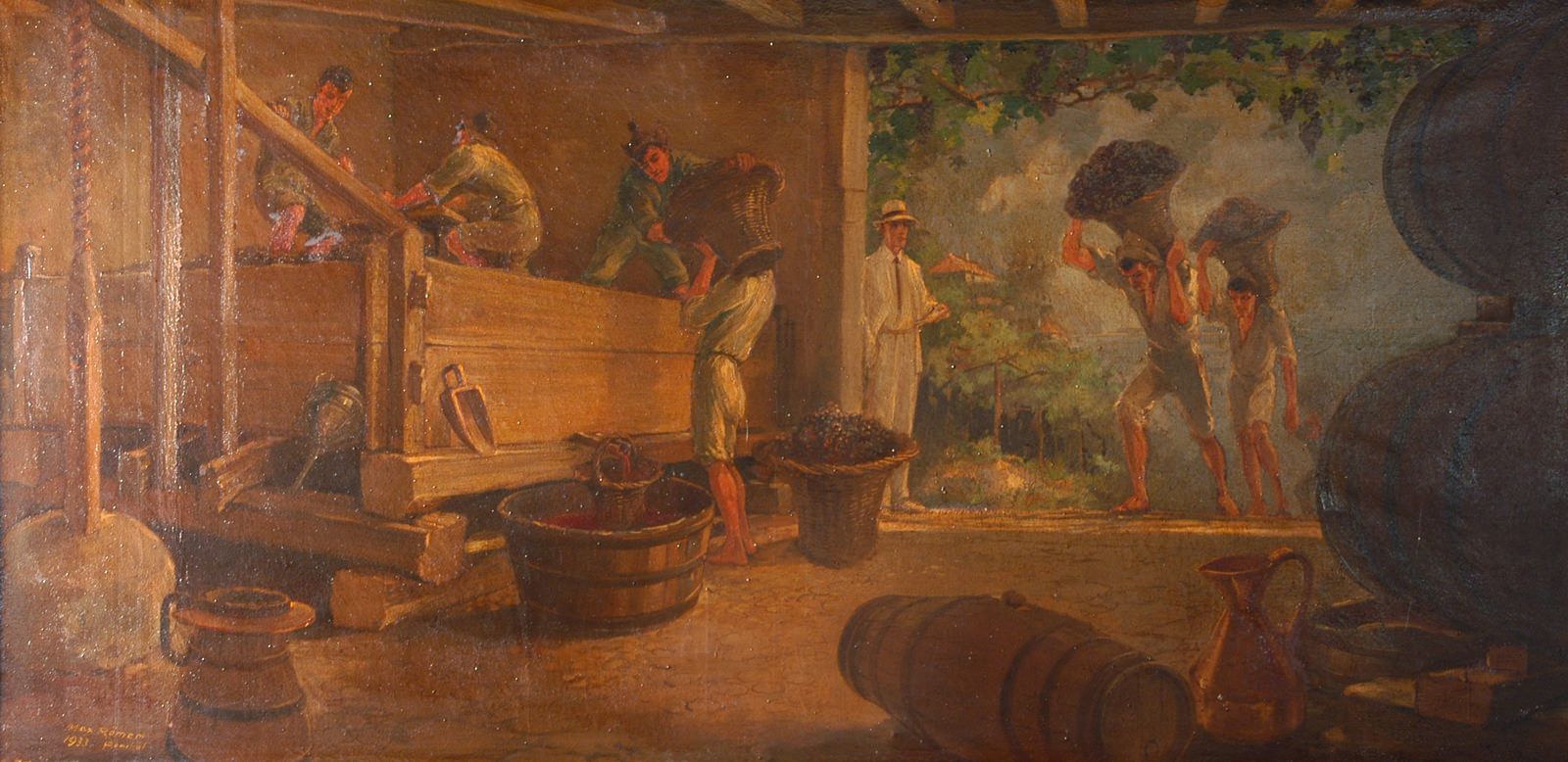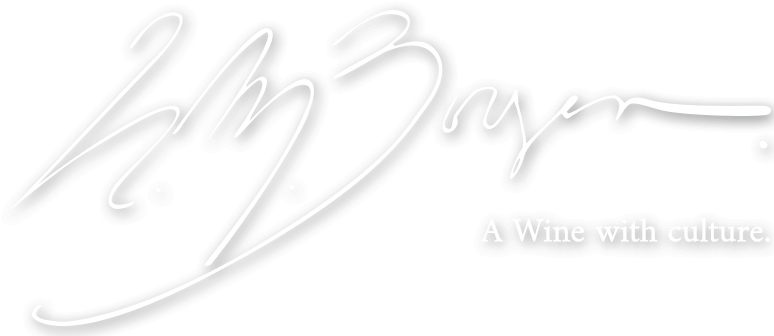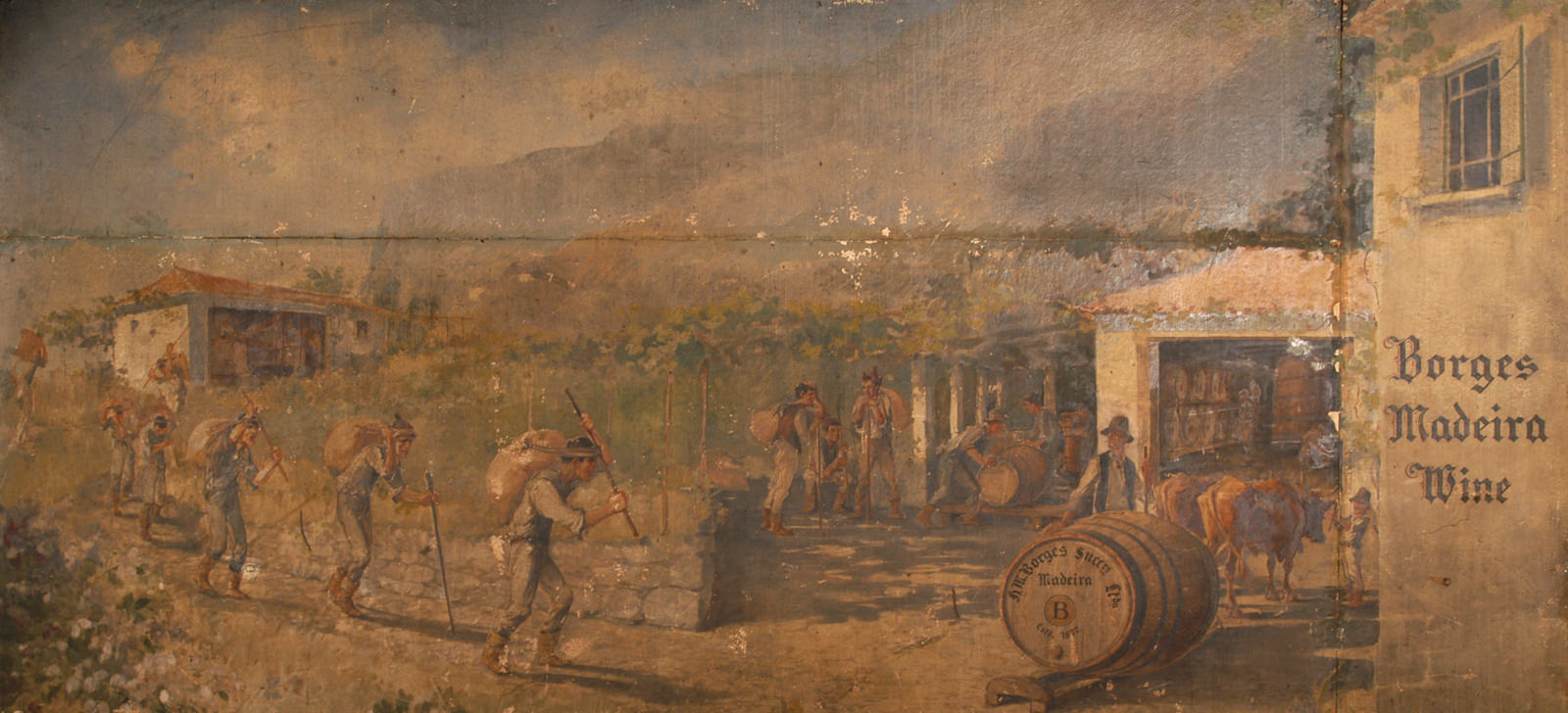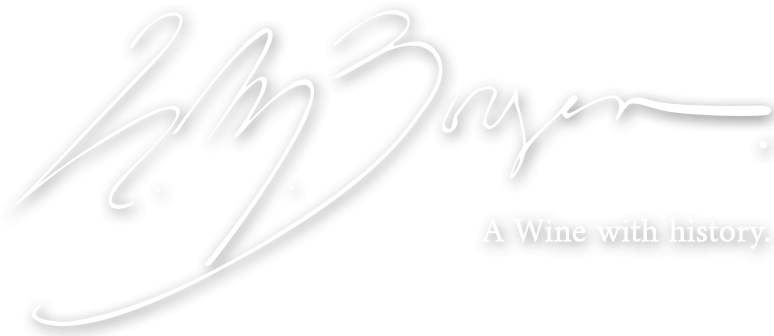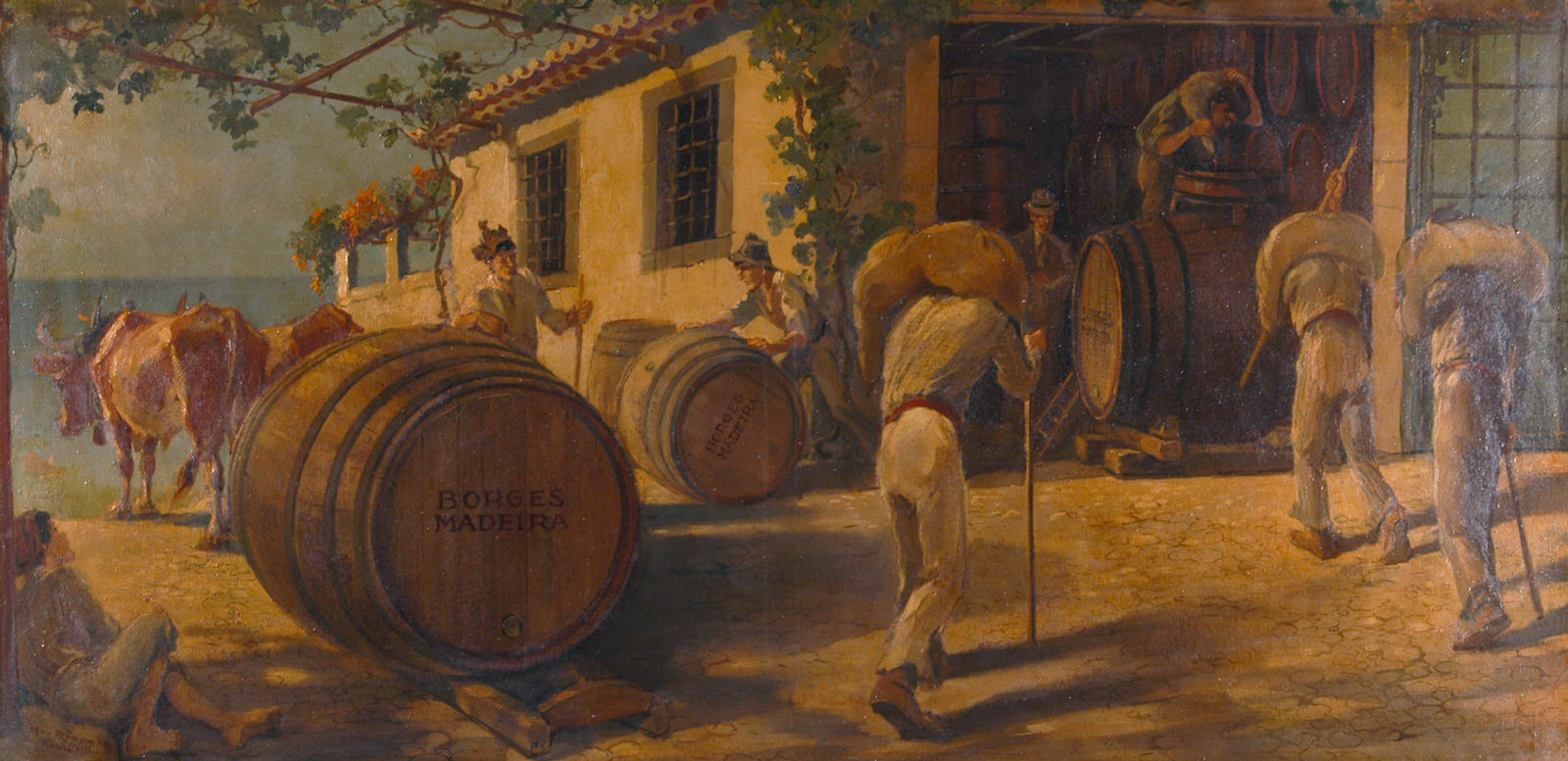15th Century 16th Century 17th Century 18th Century 19th Century 20th Century 21st Century
15th Century - Portuguese Expansion
The archipelago of Madeira is mentioned and quoted in 1350 in the book Libro del Conoscimiento and represented in Italian and Catalan maps of the 14th century.
Officially discovered in 1419, the settlement started in about 1425 and the first settlers were members of the Portuguese nobility, workers and artisans coming mainly from the North of Portugal. They brought food, seeds, livestock and houses were made with the materials available on the island.
The archipelago was divided into three captaincies and donated by Infante D. Henrique (Henry, the Navigator). Tristão Vaz Teixeira was appointed captain-donee of Machico in 1440, Bartolomeu Perestrelo was appointed captain-donee of Porto Santo in 1446 and João Gonçalves Zarco was appointed captain-donee of Funchal in 1450.
The first settlers carried out the arduous work of clearing the dense vegetation of the island and often had to resort to burn large areas, contributing to the fertility of the soil. Everything that was planted grew, as was the case of wheat, sugar cane and vineyards. The culture of wine was bought to the island by Infante D. Henrique (Henry, the Navigator) who aimed to develop the wine trade in Portugal, dominated at the time by Genoese and Venetians, he sent stems of the Malvazia grape variety to the island, and ordered its immediate production.
According to historical records, the Genoese navigator Alvise de Cadamosto, praised "the fine wines, the wine export and its good quality" in 1455 when he visited the island.
In the late 15th century, in 1478, one of the victims of the War of the Two Roses, the Duke of Clarence, brother of Edward IV, King of England, who was sentenced to death by the Upper House and a prisoner in the Tower of London, was given the right to choose his death, and chose to drown in a barrel of Malmsey wine of Madeira.
William Shakespeare referred to the Madeira Wine as a precious essence, in his play "Henry IV", in one of the immortal charactersFalstaff, and was accused of exchanging his soul for a chicken leg and a glass of Madeira wine, in addition to mentioning the presence of wine in the taverns and on the tables of English aristocracy.
These amazing facts indicate the early importance of the Madeira wine to the local economy and the reputation that it begins to have abroad.
16th Century
The 16th century marks the beginning of the apogee of trade and the export of Madeira Wine with the decline of the sugar trade resulting from several factors, including over-production, depletion of soils and mainly the competition of sugar from Brazil.
The sugar cane is gradually replaced by the vine culture, resulting in a period of great commercial traffic and arrival of many foreigners to the island of Madeira.
The existing records of foreigners who passed through the region includes Giulio Landi, around 1530, who said that wine was exported because it was produced in abundance. Pompeo Arditi also noted that the island was producing a large quantity of wine.
According to Gaspar Frutuoso, the wine production area in the late 16th century included many locations on the island, such as Gaula, Caniço, Câmara de Lobos and Funchal.
In 1515, the Court of Francis I of France had preference for our Malvasia wine and was proud to own Madeira Wine, because he considered it the richest and most delicious wine in Europe.
17th Century
Period dominated by the vine culture due to its increase in production. The Madeira Wine begins to gain more reputation and fame for its quality and authenticity and are mainly exported to Africa, Portuguese India and Brazilian Captaincies.
Furthermore, the consolidation of Madeira Wine exports was mainly due to the Covenant signed between Portugal and England, after Dona Catarina de Bragança was married with Charles II. The Portuguese crown almost ceded the archipelago to the British Crown to pay her dowry. However, it negotiated protectionist measures for the Madeira Wine, in exchange for granting the English to absolute freedom of business with the island, including tax facilities.
The trade of Madeira Wine held by English traders was regulated by the Navigation Acts of 1660, which banned the export of European goods destined for British colonies in America, except for the British traders living in Madeira, provided that their products were transported on English ships. This measure allowed the wine to be exported to the West Indies, the American continent and other British colonies markets.
This was how the triangular commerce came to be between Madeira, the New World and Europe.
18th Century
The Methuen Treaty, signed in 1703, established the regulation of Madeira Wine trade in favour of the English traders with clear benefits for trade on the island. In view of the substantial increase of production and the increase of exports of Madeira Wine, Funchal's City Hall set fixed prices for the wines. Prices were fixed as soon as the wine was bottled.
During this period the wine trade between the island and the British colonies of America was extremely important, Madeira received exported wine, flour, cereals and fish in exchange. In addition to America, wine was exported to the West Indies, Jamaica, Asia and Europe, England was the main market.
Wine was extensively traded in the mid-18th, around 1755, D. José instructed Francisco Tossi Columbino to direct the construction of the city of Funchal's quay, and to close the islets in front of the bay in order to stimulate and facilitate the shipments of the wine.
All the wine was exported in bottles, in chestnut or oak wooden barrels, primarily from the Baltic forests. Oak and beech was imported from America, particularly from New Orleans and Charleston. A lot of this wood, were the staves used to transport the wine back to the island.
Among the pro-independence movement of the United States there were true Madeira Wine lovers. The episode which took place in 1768 with the apprehension of a cargo of 100 barrels of wine from Madeira to John Hancock (1737/1793), the first signatory of the Declaration of Independence of the United States, by an English warship, initiated a conflict, though he later won, and had his precious cargo returned to him. This successful demonstration became known as the"Boston Tea Party"and marked the beginning of the dispute between England and its American colony that led to the independence of the United States of America, which was toasted with Madeira Wine in 1776.
In fact, the Madeira Wine marks important events in history and of American society. The Founding Fathers. ,Thomas Jefferson,Benjamin Franklin, John Adams and John Hancock, were very fond of Madeira Wine.
However, despite this productive and commercial apogee, the exports of Madeira Wine declined with the war of Independence of America, between 1775 and 1783. Great Britain's blockade of American colonies also hindered Madeira Wine exports and food imports. In order to overcome this extremely negative situation, the Madeira Island sought new markets to sell its wine, such as the Russian market. Also during this period, the Central Authorities stimulated trade between Madeira and the Portuguese colonies of Goa and Macau, mainly by lowering customs duties. Then comes the famous route to India used to transport the goods from and to the Portuguese and English colonies.
As a result of trading routes between the island of Madeira and India, at the end of the century, there were significant changes in the wine-making practices of Madeira Wine, with the introduction of the "Estufa" which aimed to accelerate the ageing process of the wine and fortifying the wine by adding brandy. To date, the ageing process known and used was the "Canteiro".
19th Century
The 19th century is marked by social and economic instability and the so-called Wine Crisis, which resulted in falls in production, exports and loss of markets, as well as in, years of poor harvests, high tax burdens charged by the Crown on wine exports and the absolutism wars. The impact of the crisis in Europe and the social and economic instability caused by the war is even more pronounced.
The second half of the century is marked by the devastating effects of the diseases that attacked the vineyards: oidium and philoxera, not only in the Madeira Island, but also throughout Europe. During this period, the American vine was introduced as it was more resistant to diseases. However, the vine varieties: Malvasia, Verdelho, Tinta Negra, Bual, Bastardo and Terrantez were still produced, although at a smaller scale and of little significance.
Ficou célebre, entre os apreciadores de Vinho da Madeira, o vinho que o cônsul inglês H. Veitch ofereceu em 1815 a Napoleão Bonaparte, aquando da passagem pelo Funchal com destino ao exílio de Santa Helena. O imperador não o bebeu e o vinho acabou de volta à ilha, onde foi engarrafado a partir de 1840 com o título de Battle of Waterloo. Winston Churchill de visita à ilha em 1950 foi um dos poucos contemplados com uma garrafa.
The Madeira Wine that the English Consul H. Veitch offered to Napoleon Bonaparte in 1815, when passing by Funchal on his journey to Saint Helena became famous among the wine lovers. The emperor did not drink the wine and it returned to the island, where it was bottled with the label Battle of Waterloo in 1840. Winston Churchill visited the island in 1950 and was one of the lucky few with a bottle.
Although the 19th century was one of the most difficult years for the production of Madeira Wine with devastating effects on the economy of the Island, resulting in the closure of several Export Houses, others appeared on the market challenging all prospects of success, as was the case of our companyH.M. Borges, Sucrs, Lda was founded in 1877.
20th Century
The twentieth century was marked by the gradual recovery of vineyards and the loss of important export markets, in particular the Russian market which, in 1917, was the scene of great political conflicts that culminated with the coming into power of the Bolshevik Party. The American market also suffered a major setback with the implementation of the Dry Law between 1943 and 1944 which prohibited the entry of wine and other alcoholic beverages.
The difficult beginning of the 20th century for the trade of Madeira wine, the World Wars I and II, caused a strong decline in export mainly on the European market. During World War II, the port of Funchal was used for transatlantic crossings, and mainly visited by wealthy British and Germans, fleeing from world violence, against all expectations. There was a large influx of tourists on the island and continued throughout the century.
The conquest of autonomy after April 25, 1974 brought the start of the regionalization of services essential to the operation of the activities of the island, including agriculture. The creation of the Madeira Wine Institute was important to insure compliance with the rules in the wine sector contributing to quality credibility and authenticity of the Madeira Wine both nationally and internationally.
Since Portugal's entry into the European Community, on 1 January 1986, a new perspective on the regional economy was introduced, that had as its main objective a common agricultural policy, respecting the particularities of each country. So then the concept of Denominação de Origem Controlada (DOC) (Designation of Origin) and the qualitative classification of wines through the V.Q.R.E.D. categories, which for Madeira Wine is V.L.Q.P.R.D. (Quality Liqueur Wine Produced in a Specified Region).
The 20th century marks an important step in the reshaping of sea and air transport, the creation of infrastructures essential to the functioning of the regional economy and the island of Madeira becomes the centre of international tourism. The increase in the number of tourists meant that about 35% of the Madeira Wine produced was consumed in the region. The other half of the Madeira Wine produced was exported to the European, American and Asian markets.
A juntar o factor turismo, surgem as novas formas de comunicação e a globalização da economia teve repercussões a nível mundial, verificando-se uma partilha de informação como nunca se viu. O consumidor passa a ter mais conhecimento e é mais exigente.
In addition to the tourism factor, there were new forms of communication and the globalization of the economy had worldwide repercussions, and sharing of information as yet unseen. The consumer becomes more aware and more demanding.
H.M. Borges, Sucrs, Lda. have been able to adapt to the new times and has sought to promote its wines in national and international markets by meeting the demands of the market.
The Madeira Wine has established itself as the most economically valuable product in the region and represents Madeira at its best and its true ambassador is abroad.
21st Century.
This new era begins with the consolidation of European, American and Asian markets and in 2001 there was a ban in exporting Madeira Wine in bulk, and all the wine had to be bottled on the island of Madeira, contributing to quality guarantee and authenticity of Madeira Wine.
The Madeira Wine has been able to adapt to new times and H.M. Borges, Sucrs, Lda., given the immense possibilities, intends to continue to consolidate its position in regional, national and international markets, contributing to the enrichment of this economic sector which is of prime importance to the Autonomous Region of Madeira.
Sources:
- Ilhas de Zargo, Pereira, Eduardo C. N., Vol I e II
- Ilucidário Madeirense, SILVA, Fernando Augusto da, Pe,
- A Vinha e o Vinho, na História da Madeira Séculos XV a XX, Viera, Alberto
- Ilhas de Zarco
- Breviário da Vinha e do Vinho

